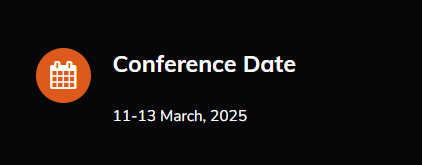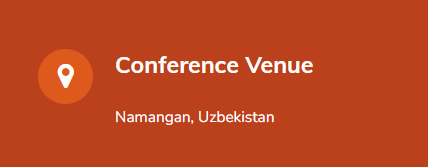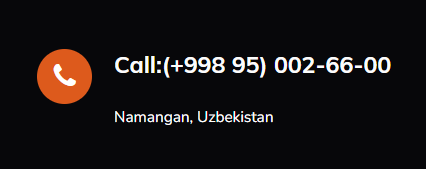Uzbekistan, 11-13 March, 2025
Dear Colleagues!
On March 11 — 13, 2025, Namangan Institute of Engineering and Technology hold international scientific and practical conference: Chemistry, Technology, and Textiles: Bridging Science and Industry (ChemTechTex)
Welcome to ChemTechTex
International Conference on Chemistry, Technology, and Textiles: Bridging Science and Industry (ChemTechTex) will be held by the Namangan Institute of Engineering Technology from March 11th to 13th, 2025. The following higher education institutions are cooperating: Tashkent Institute of Textile and Light Industry, Urgench State University, Namangan Institute of Textile Industry, Don State Technical University, Russian State University named after A.N. Kosygina, Vitebsk State Technological University, Almaty Technological University, Ege University.
This international conference aims to provide a forum for sharing the latest research achievements and future development directions in Chemical Science, Engineering, and Technology research and application. This event will focus on the latest advancements and applications in chemistry and technology related to textiles, fostering collaboration between scientific research and industry practices. Authors are cordially invited to submit articles that explore innovative techniques, sustainable practices, and emerging trends in textile production and processing. Contributions will enhance the dialogue between academia and the textile industry, promoting knowledge sharing and practical solutions. ChemTechTex will be indexed in the Scopus database.
Conference info
PARTNERS
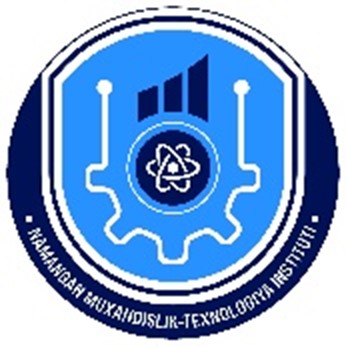

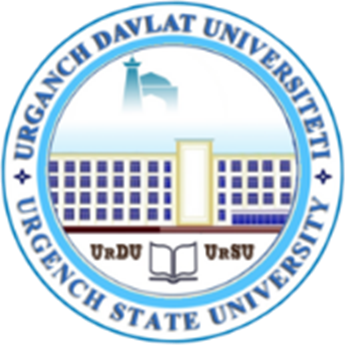

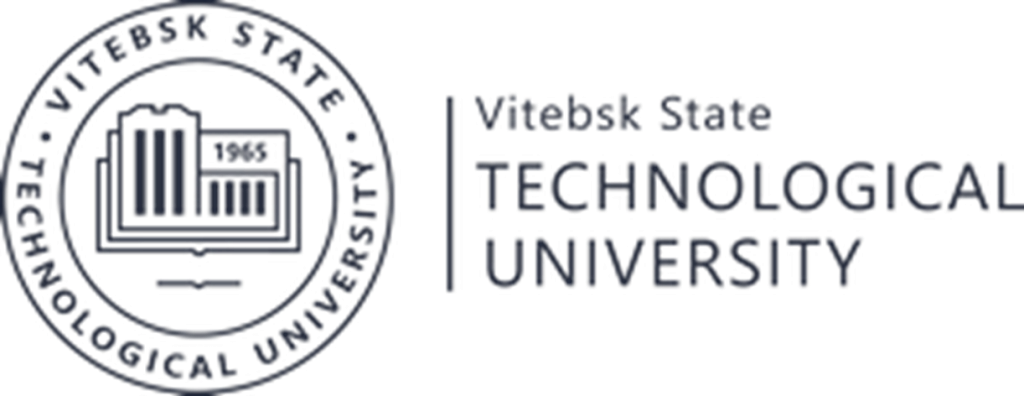
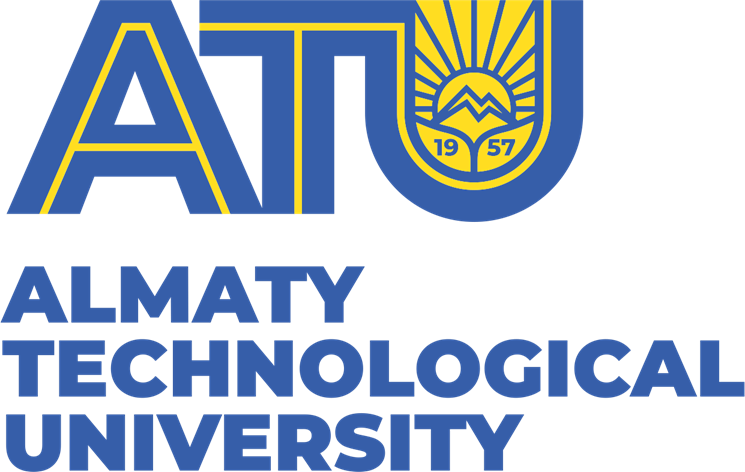
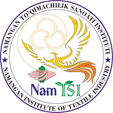
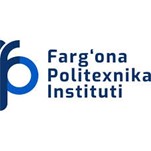
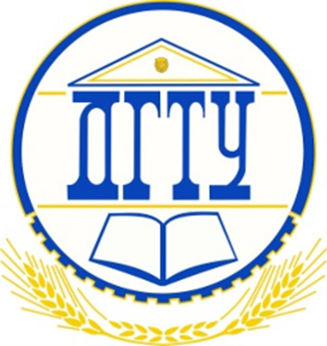
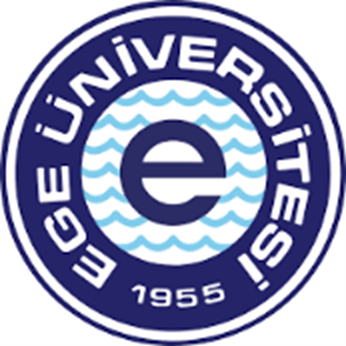
CONFERENCE THEMES
Section 1. Chemistry
- Inorganic and Organic Chemistry
- Physical Chemistry
- Theoretical Chemistry
- Food Chemistry
- Innovative Chemistry
- Chemistry, Bioelectrochemistry and Bioelectronics of Macromolecules
- Agricultural chemistry
Section 2. Engineering
- Mechanical Engineering
- Transportation Engineering
- Materials Science and Engineering
- New construction technologies;
- Civil engineering
- Chemical engineering
- Electrical engineering
- Computer engineering
- Textile Engineering
- Fiber engineering
- Textile technology management
- Agricultural engineering
ChemTechTex accepts high-quality unpublished papers in the following areas.
Key dates:
Acceptance of materials — until 18 February 2025.
Confirmation of acceptance — by 27 February 2025.
Payment of the registration fee — until 04 March 2025.The date of the Conference is March 11-13, 2025.
SPEAKERS
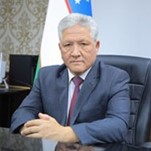
Professor. Doctor of Physical and Mathematical Sciences. Namangan Institute of Engineering and Technology (Uzbekistan)

Professor. Doctor of Chemical Sciences. Saint Petersburg State University (Russian Federation)
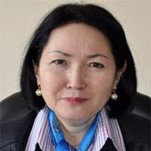
Professor. Doctor of Technical Sciences. Almaty Technological University (Kazakhstan)
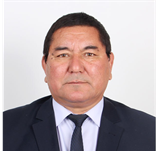
Professor. Doctor of Chemical Sciences. Urgench State University (Uzbekistan)
INVITED GUESTS

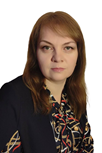
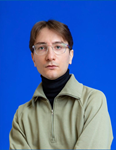
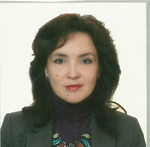
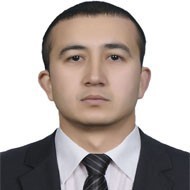
Zhejiang SCI-TECH University
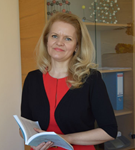
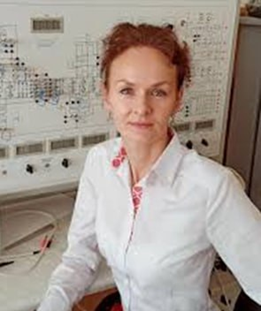
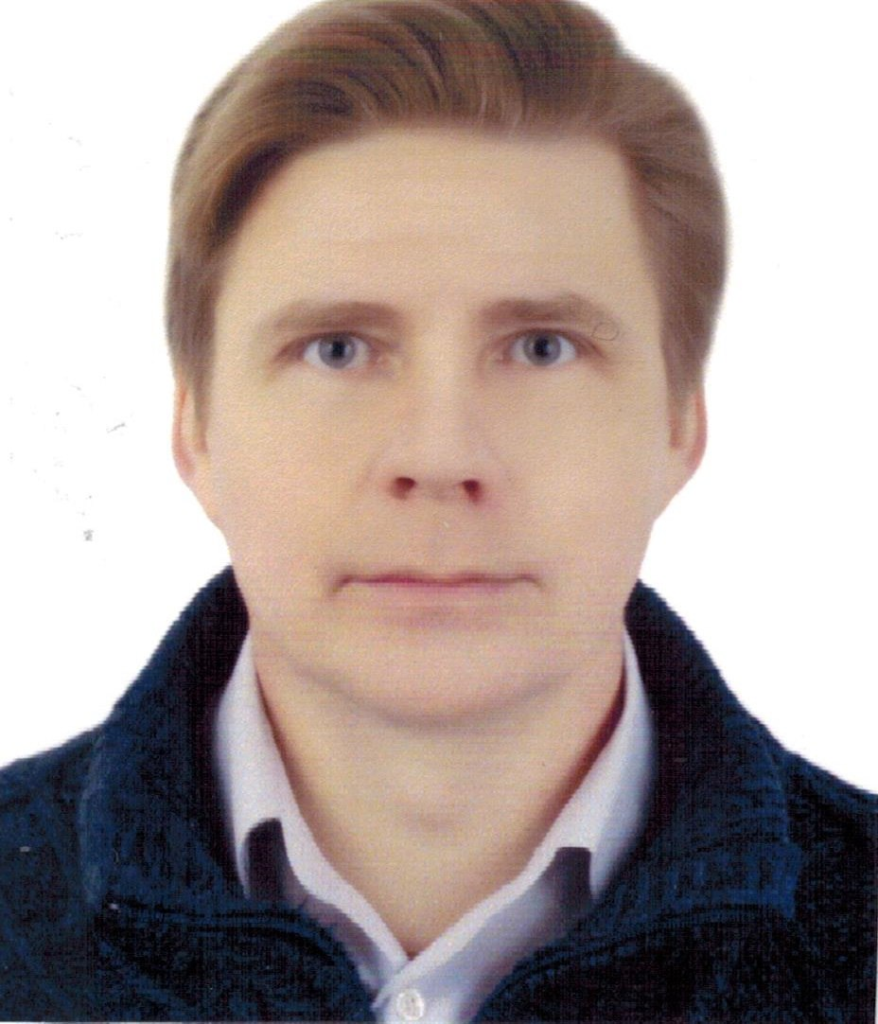

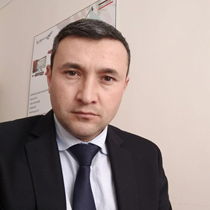
Namangan Institute of Textile Industry
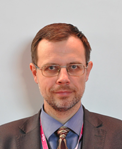
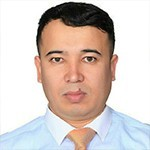
Bursa Uludag’ University
Dr, Prof. Bakhodir Aliyev,. Almaty Technological University, +77011133557 [e-mail: aliyevb72@mail.ru]
Dr, Prof. Sashina Elena Sergeevna, St. Petersburg State University, +7 911-215-51-25, [e-mail: e.sashina@mail.ru]
Dr. Prof. Andreeva Elena Georgievna, Professor, Russian State University named after. A.N. Kosygina, e-mail: [dr.e.andreeva@gmail.com]
Dr. Prof. Cherunova Irina Viktorovna, Don State Technical University, [e-mail: i_sch@mail.ru]
Dr. Prof. Tyurin Igor Nikolaevich, Russian State University named after A.N. Kosygin, +79252670930, [e-mail: tyurin-in@rguk.ru]
Dr, Prof. Raushan Orazovna Zhilisbaeva, Almaty Technological University, +77013406138, [e-mail: rau_45@mail.ru]
Dr. Jobir Adashev — Scientific laboratory of algebra and its applications, Romanovsky Institute of Mathematics of the Academy of Sciences of the Republic of Uzbekistan [e-mail: adashevjq@mail.ru, adashevjq@mathinst.uz]
Dr, Prof. Lunina Ekaterina, Российский государственный университет имени А.Н.Косыгина. +79308806691. [e-mail: lunina-ev@rguk.ru]
Dr. Prof. Yasinskaya Natalya Nikolaevna. Vitebsk State Technological University. +375(29)6895924. [e-mail: yasinskaynn@rambler.ru]
Prof. Kadoǧlu Hüseyin — EGE University (Turkiye), [Email: huseyin.kadoglu@ege.edu.tr]
Prof. Salikh Sh. Tashpulatov — Tashkent textile and light industry institute (Uzbekistan) [Email: ssht61@mail.ru]
Assoc. Prof. Muhammad Omonov — Bursa Uludag’ University(Turkiye) [Email: omonov.muhammad001@gmail.com]
Prof. Kamilova Xolida Hafizovna — Tashkent Institute of Textile Light Industry (Uzbekistan)
Azimjon Abdullayev — Zhejiang SCI-TECH University (China) [+8617376577004], [Email: azim.zhejiangsciandtech@gmail.com]
Prof. Erdem Ramazan – Akdeniz University (Turkiye), [Email: ramazanerdem@akdeniz.edu.tr]
Dr. Kamola Karimova — Jizzakh Polytechnic Institute (Uzbekistan), [Email kamola.karimova1987@gmail.com]
Rustamova, Nodira — Tashkent State Institute (Uzbekistan), [rustamovanodira19@gmail.com]
Assoc. Prof. Slobodan Stefanovic, Akademija Tehničko-Vaspitačkih Strukovnih Studija NIŠ (Serbia), [slobodanstef@gmail.com]
Dr. — Institute of Mathematics Uzbekistan Academy of Sciences (Uzbekistan), and Universidade da Beira Interior (Portugal), [Email: k.abdurasulov@ubi.pt]
Prof. Djumaniyazov, Khadam — Cotton Industry Scientific center. JSC (Uzbekistan), [kadamzumaniazov48@gmail.com]
Prof. Muradov, Rustamjon S. — Namangan Institute of Engineering and Technology (Uzbekistan), [rustamjonmuradov@gmail.com]
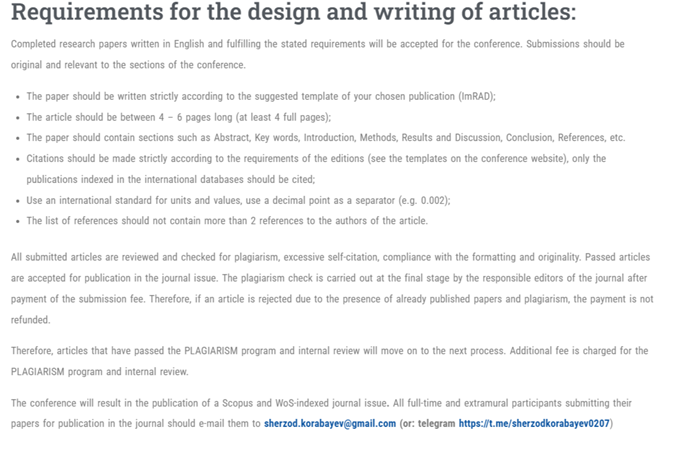
Conference Peer Review Policy
At ChemTechTex, we uphold the highest standards of scientific integrity and strive to foster meaningful contributions to the scientific community. To ensure the quality and relevance of the proceedings presented at our conference, we have established a rigorous peer review process in accordance with the guidelines set forth by Journal.
Peer Review Process
1. Selection of Reviewers: Conference organizers and editors may select reviewers who are suitably qualified experts in the relevant field of study.
2. Review Criteria: All manuscripts submitted for consideration will be evaluated based on the following minimum criteria:
— Contribution: Does the article make a positive contribution to the scientific literature? Is it original and of long-term interest to the community?
— Abstract: Is there a sufficient summary of the paper, outlining its goals, results, and conclusions?
— Title: Does the title accurately describe the content of the article?
— Conclusions: Are the conclusions reasonable and based on the presented results or discussed concepts?
— Clarity and Language: Is the article clear, concise, and well-written in correct English?
— References: Are the references appropriate for the topic, demonstrating awareness of current research in the field?
3. Peer Review Integrity: All reviews will be conducted ethically and in adherence to standard norms and expectations of peer review.
4. Feedback and Improvements: Authors of poorly written papers will be provided with constructive feedback and given the opportunity to revise their work. However, papers that fail to meet the required standards may be rejected.
Types of Articles Accepted
In addition to original research manuscripts, ChemTechTex welcomes the submission of the following types of articles:
— Review or tutorial articles
— Summaries providing background information or introductions to specific fields of research
— Historical perspectives or overviews
Submission Guidelines
Authors are encouraged to submit manuscripts that adhere to the outlined peer review criteria. Submitted articles should be original, well-written, and of significant value to the scientific community.
Ethics for Authors
Maintaining Research Results
The results of research should be recorded and maintained in a form that allows analysis and review, both by collaborators before publication and by other scientists for a reasonable period after publication. Exceptions may be appropriate in certain circumstances to preserve privacy, to assure patent protection, or for similar reasons.
Fabrication of data is an egregious departure from the expected norms of scientific conduct, as is the selective reporting of data with the intent to mislead or deceive, as well as the theft of data or research results from others.
Publication and Authorship
The authors’ central obligation is to present a concise, accurate account of the research performed as well as an objective discussion of its significance. A paper should contain sufficient detail and references to public sources of information to permit others to repeat the work.
Proper acknowledgment of the work of others used in a research project must always be given. Authors should cite publications that have been influential in determining the nature of the reported work. Information obtained privately, as in conversation, correspondence, or discussion with third parties, should not be used or reported without explicit permission from the investigator with whom the information originated. Information obtained in the course of confidential services, such as refereeing manuscripts or grant applications, cannot be used without permission of the author of the work being used.
Authors must obtain permission for use of any previously published materials from the original publisher. Proof of permission must be provided before manuscripts containing previously published material can be published. Proper credit lines for all previously published material must be included in the manuscript.
Guidelines for requesting permission for reuse of published materials
Re-use of Material from Conference Proceedings
AIP Publishing allows authors to make fair and reasonable re-use of material from their conference proceedings article. Such re-use must keep with the standards and ethics of scientific publishing. As a rule, conference proceedings must be viewed in the same way as any other publication, and re-use of such materials must follow the standard ethical principles that apply to duplicate publication. Whether the new submission meets a journal’s standards will depend on the degree of overlap with the prior publication and the nature of the new material. The editors of the journals will decide whether an author has applied “fair and reasonable” re-use standards or whether an article derived from a conference proceeding has enough additional material to warrant a new publication. Authors who derive a journal article from their proceedings paper must obtain copyright permission from the original publisher if figures or tables are reused and should include a citation to their proceedings paper.
Author List and Coauthor Notification
Authorship should be limited to those who have made a significant contribution to the concept, design, execution, or interpretation of the research study. All those who have made significant contributions should be offered the opportunity to be listed as authors. Other individuals who have contributed to the study should be acknowledged, but not identified as authors. The sources of financial support for the project should be disclosed.
All collaborators share some degree of responsibility for any paper they coauthor and are responsible for verifying the content in the manuscript and that the manuscript adheres to ethical and plagiarism guidelines.
Only persons who have significantly contributed to the research should be listed as authors. The author who submits the paper for publication should ensure that all appropriate coauthors and no inappropriate coauthors are included on the paper, and that all coauthors have seen the final version of the paper and have agreed to its submission for publication. ChatGPT and similar AI-based large language models should not be listed as an author. As with other instrumentation and software, the use of AI-based large language models such as ChatGPT should be disclosed to editors and reviewers, particularly if they are used to generate significant amounts of text in the manuscript. Authors should provide this information in the appropriate section of their manuscript and to the editor with their submission.
Some coauthors have responsibility for the entire paper as an accurate, verifiable report of the research. These include, for example, coauthors who are accountable for the integrity of the critical data reported in the paper, carry out the analysis, write the manuscript, present major findings at conferences, or provide scientific leadership for junior colleagues. Other coauthors may have responsibility mainly for specific, limited contributions to a paper.
Every coauthor should have the opportunity to review the manuscript before it is submitted for publication. All coauthors have an obligation to provide prompt retractions or correction of errors in published works. Any individual unwilling or unable to accept appropriate responsibility for a paper should not be a coauthor.
Author Obligations
- The corresponding author must have the approval of all other listed authors for the submission and publication of all versions of the manuscript.
- Anyone who has made independent contributions to the manuscript should be invited to become a coauthor.
- The submitted manuscript must contain unpublished original work and not be under consideration for publication by any other journal, other than in oral, poster or abstract formats. Duplicate publications are never acceptable.
- The authors’ central obligation is to present a concise, accurate account of the research and an objective discussion of its significance. A paper should contain sufficient detail and references to public sources of information to permit others to repeat the work.
- Plagiarism or self-plagiarism constitutes unethical scientific behavior and is never acceptable.
- Any part of the submitted manuscript that derives from prior published work, including work by the same authors, must be properly cited.
- Fragmentation of research papers is not acceptable. Publications should be organized so that each paper gives a complete account of a particular aspect of the research.
- Criticism of a paper in either a Comment or article must be professional, substantive, and free of polemics.
- If any of the preceding guidelines ceases to be true, the authors have a duty to notify the Editor as soon as possible so that corrective action can be taken.
Cited by the https://publishing.aip.org/resources/researchers/policies-and-ethics/authors/
Plagiarism Policy
Plagiarism Policy
ChemTechTex: Editorial board recognizes that plagiarism is not acceptable and therefore establishes the following policy stating specific actions (penalties) when plagiarism is identified in an article that is submitted for publication in journal.
Definition:
Plagiarism involves the «use or close imitation of the language and thoughts of another author and the representation of them as one’s own original work.»
Policy:
Papers must be original, unpublished, and not pending publication elsewhere. Any material taken verbatim from another source needs to be clearly identified as different from the present original text by (1) indentation, (2) use of quotation marks, and (3) identification of the source.
Any text of an amount exceeding fair use standards (herein defined as more than two or three sentences or the equivalent thereof) or any graphic material reproduced from another source requires permission from the copyright holder and, if feasible, the original author(s) and also requires identification of the source; e.g., previous publication.
When plagiarism is identified, the Editor in Chief responsible for the review of this paper and will agree on measures according to the extent of plagiarism detected in the paper in agreement with the following guidelines:
Level of Plagiaris
1. Minor: A short section of another article is plagiarized without any significant data or idea taken from the other paper
2. Intermediate: A significant portion of a paper is plagiarized without proper citation to the original paper
3. Severe : A significant portion of a paper is plagiarized that involves reproducing original results or ideas presented in another publication
It is understood that all authors are responsible for the content of their submitted paper as they all sign the Copyright Transfer Form. If a penalty is imposed for plagiarism, all authors will be subject to the same penalty.
If a second case of plagiarism by the same author(s) is identified, a decision on the measures to be enforced will be made by the Editorial board (Editor-in-Chief, and Editorial members) with the Chair of the Editor in Chief. The author(s) might be forbidden to submit further articles forever.
This policy applies also to material reproduced from another publication by the same author(s). If an author uses text or figures that have previously been published, the corresponding paragraphs or figures should be identified and the previous publication referenced.
A sentence shall be added to the copyright transfer form to indicate that the author(s) have read the Plagiarism Policy.
Any act of plagiarism is a totally unacceptable academic misconduct and cannot be tolerated. The conference team will be checking the plagiarism level of all the submitted papers for ensuring the originality of content using iThenticate with an acceptable limit of 20%.
The manuscript should follow the IMRaD format
PUBLICATION
The submission Web page for ChemTechTex.
___________________________________________________________________
The manuscript should follow the IMRaD format
| Section | Purpose |
| Title | What the paper is about |
| Authorsese | Names and affiliations of authors |
| Keywords | Words other than those in title that best describe the paper |
| Abstract | A stand-alone, short narrative of the paper |
| Introduction | Why this paper? The problem, what is not known, the objective of the study |
| Materials and methods | How was the study done? |
| Results | What did you find? |
| Discussion | What does it mean? What next? Interpretation of results and future directions |
| Conclusion | Possible implications |
| Acknowledgments | Who helped and how; what was the funding source? |
| References | Details of papers cited |
| Appendices | Supplementary materials |
ORIGIN, MOTIVATION AND CONTRIBUTION
Papers which are prepared for publishing should be original research manuscripts, never published before and not under consideration for publication in any other conference proceeding (journal etc.). All papers are supposed to present novel research results of international interest. Papers need to be related to the main topic of the conference and conference topic fields. We publish papers written in good English only. All papers are reviewed by a native speaker. All papers are thoroughly checked for plagiarism. Acceptable minimum of originality is 90%. All papers should be not less than 6 pages (recommended 8-12 pages).
ETHICS
Please read the detailed Publication Ethics. (Elsevier recommendations and COPE’s Best Practice Guidelines for Journal Editors). If a paper contains figures or tables taken from other sources, the author must get the respective permission for reproduction them from the corresponding publishers.
AUTHORSHIP
Number of authors in a single paper is not limited. The corresponding author is the person chosen within the group to be responsible for all contact and correspondence with the periodical. The corresponding author should ensure that all appropriate co-authors (and no inappropriate co-authors) are included in the paper, and that all co-authors have seen and approved the final version of the paper and agree on its submission for publication.
HOW TO PREPARE DOC FILES FOR UPLOAD
The conference language and the paper language is English. Make sure that all text elements, formulas, tables, signs and inscriptions in figures are in English. The Greek alphabet is valid only in formulas. All references mentioned in the Reference List are cited in the text, and vice versa. References can only be linked via Crossref if they are correct and complete. The manuscript must be in DOC (or DOCX) file. Make sure that your paper in MS Word is in strict accordance to the author’s template (The author’s template will be available later).
MANUSCRIPT FORMAT
The manuscript should follow the IMRAD format
Title
The title may be reprinted in bibliographies and subject indexes, stored in bibliographic databases and cited in other articles. Therefore, the title is an extremely important component of the paper. A good title of a research paper should:
• Limit to 12 words
• Be easy to understand
• Describe the contents of the paper accurately and specifically
• Avoid abbreviations and jargon
• Not include any verb
• Not contain low-impact words such as ‘‘Some notes on..’’ ‘‘Investigations on..’’ ‘‘Study of..’’
• Report the subject of the research rather than the results
• Follow the style preference of the target journal.
Abstract
The Abstract is a short version of the full paper. 150–250 words. The Abstract starts with a statement of rationale and objectives and reports the methods used, the main results including any newly observed facts, and the principal conclusions and their significance. The Abstract should not contain:
• Abbreviations or acronyms
• References to tables or figures in the paper, Literature citations
• General statements
1 Introduction
Introduction defines the nature and extent of the problems studied, relates the research to previous work (usually by a brief review of the literature clearly relevant to the problem), (‘‘Studies showed that …’’), or (‘‘Studies have shown that …’’). Introduction explains the objectives of investigation (‘‘The objective of the current study was…’’) and defines any specialized terms or abbreviations to be used in what follows. Introduction leads logically to the hypothesis or principal theme of the paper. Do not repeat well-known facts nor state the obvious.
2 Materials and Methods
The purpose of this section is to present what has been done, how, and when, and how the data were analyzed and presented. This section should provide all the information needed to allow another researcher to judge the study or actually repeat the experiment. The section should include the following:
• Description of the study location (climate, soil, etc., to the extent such information is relevant to the study)
• Materials used, with exact technical specifications.
• Assumptions made and their rationale
• Statistical and mathematical procedures used to analyze and summarize the data.
Methods followed should be described, usually in chronological order, with as much precision and detail as necessary. Standard methods need only be mentioned, or may be described by reference to the literature. If the method is new it should be described in detail.
3 Results
This section presents the new knowledge; therefore, it is the core of the paper. The value of the paper depends on what is contained in this (Results) section, and it must be presented in an absolutely clear manner. It is usually easiest to follow the results if they are presented in the same order as the objectives are presented in the Introduction. Some guidelines on presenting the results :
• Present the results simply and clearly
• Report only representative data rather than (endlessly) repetitive data
• Do not report large masses of data; reduce them to statistically analyzed summary forms and present in tables or figures along with essential statistical information to facilitate understanding and comparing them
• Repeat in the text only the most important findings shown in tables and graphs; in other words, do not repeat in the text all or many of the data presented in tables and figures
• Include negative data —what was not found—only if useful for interpreting the results
• Include only tables and figures that are necessary, clear, and worth reproducing.
Tables and figures are an integral part of a well-written scientific paper, and they appear in the Results section (but there are exceptions). While tables present accurate numbers, figures show trends and features. Do not present the same data in tables and graphs.
4 Discussion
This is the section where the authors explain meanings and implications of the results. The section pulls everything together and shows the importance and value of the work and is therefore the most innovative and difficult part of the paper to write. The authors’ skill in interpreting the results in the light of known facts and using the results as evidence for innovative explanations of the observed behavior should push the frontiers of knowledge and arouse the readers’ enthusiasm. Without such an engaging discussion, the reader may leave saying ‘‘So what?’’ and move on to other, more interesting papers. A good discussion should:
• Not repeat what has already been said in the review of literature
• Relate the results to the questions that were set out in the Introduction
• Show how the results and interpretations agree, or do not agree, with current knowledge on the subject, i.e., previously published work
• Explain the theoretical background of the observed results
• Indicate the significance of the results
• Suggest future research that is planned or needed to follow up
• Deal with only the results reported in the study
• Stay away from generalizations and conjectures that are not substantiated by the results presented.
Mismatch between stated objectives and discussion/conclusion is a very common problem in many manuscripts. Often, authors make superficial statements such as ‘‘this work agrees with the work of author X (some unknown author’s work)’’ as though the objective of research was to see if the results agreed with some other author’s work published 20 or more years earlier. Another common problem in Discussion sections is the tendency to move away from the stated objectives and try to ‘‘solve all problems.’’ Here is the example of how differently the results obtained in a scientific research can be interpreted
The story is about the elementary school science experiment to show the danger of alcohol:
The teacher set up two glasses, one containing water and the other containing gin. A worm was dropped into each glass. The worm in gin died immediately while the worm in water swam around merrily.
When the teacher asked the pupils what the experiment showed,
little Johnny blurted out ‘‘If you drink gin, you won’t have worms.’’
Conclusions
Conclusions that have been drawn from the results and subsequent discussion. Conclusions should, rather than just repeating results, state well-articulated outcomes of the study and briefly suggest future lines of research in the area based on findings reported in the paper. In poor writing, it is not uncommon to find conclusions such as ‘‘more research is needed before conclusions can be drawn.’’ In that case, why publish a paper from which conclusions cannot be drawn?
References
References are cited in the text by square brackets [1]. Two or more references at a time may be put in one set of brackets [3, 4]. The references are to be numbered in the order in which they are cited in the text (e.g., “as discussed by Smith [9]”; “as discussed elsewhere [9, 10]”). All references should be cited within the text; otherwise, these references will be automatically removed. The recommended quantity of references is 15-25. The cited papers should be relatively recent (not older than 15 years!)
Cited by the Springer
CONFERENCE FEE
For Students
- Early-Bird Registration Before 18 February 2025 — $199
- Late Registration After 18 February — $219
For Academics
- Early-Bird Registration Before 18 February 2025 — $229
- Late Registration After 18 February — $249
For Specialist
- Early-Bird Registration Before 18 February 2025 — $229
- Late Registration After 18 February — $249
Editorial board
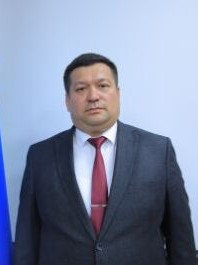
Namangan Institute of Engineering and Technology
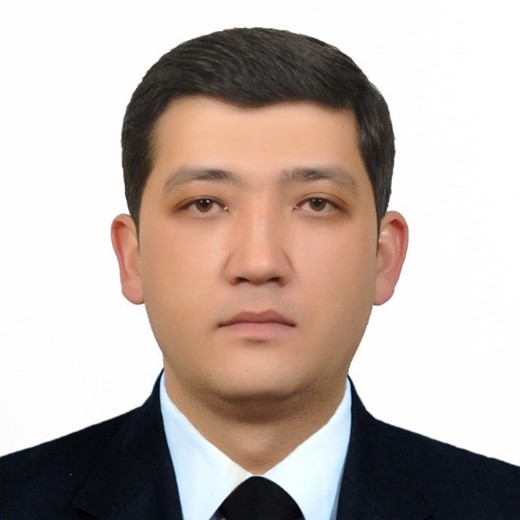
Namangan Institute of Engineering and Technology & Namangan Institute of Textile Industry
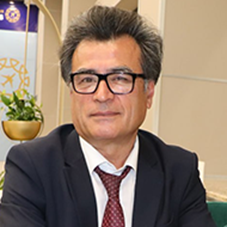
Tashkent Institute of Textile and Light Industry
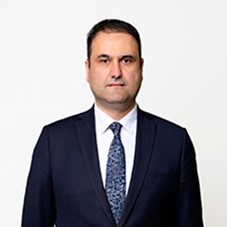
Tashkent Institute of Textile and Light Industry

Saint Petersburg State University
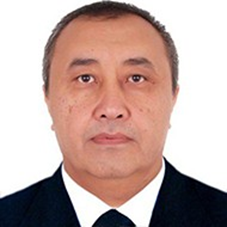
Namangan Institute of Engineering and Technology
PROGRAM
The following information about the schedule is for your reference:
March 11,
13:00–17:00 Participants are supposed to sign in at the conference venue and collect all the conference materials at the registration counter on this day.
March 12,
09:00–09:10 Opening Ceremony
09:10–12:00 Keynote Speakers
12:00–14:00 Lunch (Break Time)
14:00–18:00 Parallel Sessions (Oral & Poster Presentations)
March 13,
09:00–18:00 Academic Investigation
The outline programme is shown on this page. A more detailed programme will be emailed to you after the registration deadline. Actual time arrangement may be a little different according to participant numbers.

